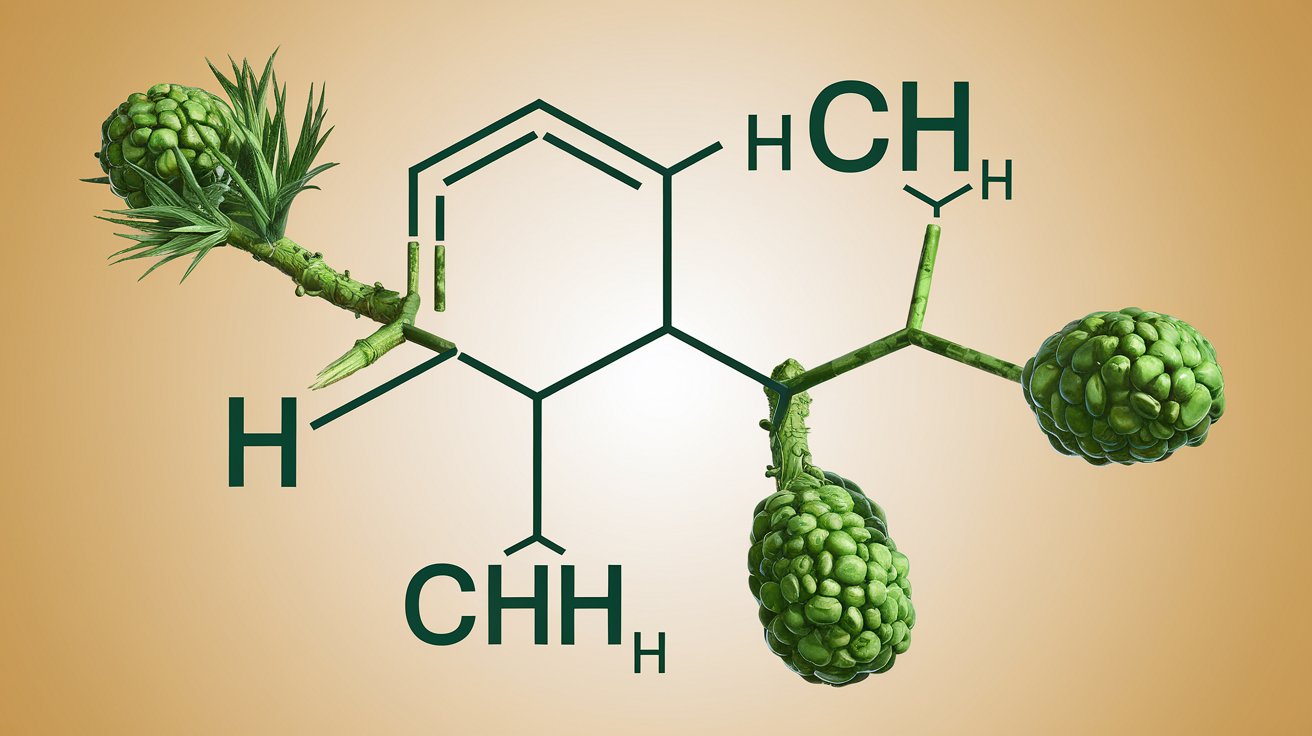
Mimosine is a fascinating compound found in certain plants, especially in the genus Leucaena. This amino acid has intrigued scientists and researchers for years due to its unique properties and effects on both plants and animals. Did you know that mimosine can inhibit cell division? This characteristic makes it a subject of interest in cancer research. However, it’s not all positive; mimosine can be toxic to livestock if consumed in large quantities. Understanding mimosine's dual nature is crucial for both agricultural practices and medical research. In this post, we’ll explore 20 intriguing facts about mimosine, shedding light on its benefits, risks, and potential applications.
Key Takeaways:
- Mimosine, found in legumes, has potential anticancer and antimicrobial properties. It can also be used in cancer research and bioremediation due to its iron-chelating abilities.
- Despite its toxicity, mimosine from Leucaena plants has historical uses in traditional medicine, agriculture, and animal feed. Modern applications include cancer research, biotechnology, and potential pharmaceutical use.
What is Mimosine?
Mimosine is a unique amino acid found in certain plants. It has some fascinating properties and uses. Let's dive into some intriguing facts about this compound.
-
Found in Legumes: Mimosine is primarily found in leguminous plants, especially in the genus Leucaena. These plants are often used as forage for livestock.
-
Chemical Structure: Mimosine has a structure similar to tyrosine, another amino acid. This similarity can sometimes cause confusion in biological systems.
-
Toxicity: In large amounts, mimosine can be toxic to animals. It can inhibit growth and cause hair loss in livestock that consume too much of it.
-
Anticancer Properties: Some studies suggest that mimosine may have anticancer properties. It can inhibit the growth of certain cancer cells in laboratory settings.
-
Iron Chelator: Mimosine acts as an iron chelator, meaning it can bind to iron. This property is useful in certain medical treatments where iron levels need to be controlled.
Historical Uses of Mimosine
Throughout history, mimosine has been used in various ways. Here are some interesting historical facts about its applications.
-
Traditional Medicine: In some cultures, mimosine-containing plants have been used in traditional medicine to treat various ailments.
-
Agriculture: Farmers have used Leucaena plants as green manure to enrich the soil. The nitrogen-fixing ability of these plants helps improve soil fertility.
-
Animal Feed: Despite its toxicity, Leucaena has been used as animal feed. Farmers often mix it with other forages to dilute the mimosine content.
-
Research Tool: Scientists have used mimosine in research to study cell cycles and DNA replication. Its ability to inhibit certain enzymes makes it a valuable tool in the lab.
Biological Effects of Mimosine
Mimosine has several biological effects that make it a subject of interest in scientific research. Here are some key points.
-
Enzyme Inhibition: Mimosine can inhibit enzymes involved in DNA replication. This makes it useful in cancer research and other studies involving cell growth.
-
Growth Retardation: In animals, high levels of mimosine can cause growth retardation. This is why it's important to monitor the amount of Leucaena in animal diets.
-
Hair Loss: One of the most noticeable effects of mimosine toxicity in animals is hair loss. This symptom is often used as an indicator of mimosine poisoning.
-
Antimicrobial Properties: Some studies suggest that mimosine may have antimicrobial properties. It can inhibit the growth of certain bacteria and fungi.
-
Antioxidant Activity: Mimosine has been shown to have antioxidant activity. This means it can help neutralize harmful free radicals in the body.
Modern Applications of Mimosine
In modern times, mimosine continues to be a subject of research and application. Here are some contemporary uses and studies involving this compound.
-
Cancer Research: Researchers are exploring the potential of mimosine as a cancer treatment. Its ability to inhibit cell growth makes it a promising candidate.
-
Iron Overload Disorders: Mimosine's iron-chelating properties make it useful in treating conditions like hemochromatosis, where the body accumulates too much iron.
-
Biotechnology: In biotechnology, mimosine is used to synchronize cell cycles in cultured cells. This helps researchers study specific phases of cell growth.
-
Pharmaceuticals: Some pharmaceutical companies are investigating mimosine as a potential drug candidate for various diseases.
-
Environmental Science: Mimosine is being studied for its potential use in bioremediation. Its ability to bind metals could help clean up contaminated environments.
-
Nutritional Studies: Scientists are studying ways to reduce mimosine content in Leucaena to make it safer for animal consumption. This could improve its use as a forage crop.
The Final Word on Mimosine
Mimosine, a fascinating compound found in plants like Leucaena and Mimosa, has a mix of benefits and drawbacks. It can inhibit growth in some animals and plants, but it also shows promise in cancer research and other medical fields. Understanding its dual nature helps us harness its potential while mitigating risks.
Farmers need to be cautious when using plants containing mimosine as fodder, ensuring proper processing to reduce toxicity. Researchers continue to explore its applications, aiming to unlock new uses in medicine and agriculture.
By staying informed about mimosine, we can make better decisions in both farming and scientific research. This knowledge empowers us to use this compound wisely, balancing its benefits with its challenges. Keep an eye on future developments, as mimosine's story is far from over.
Frequently Asked Questions
Was this page helpful?
Our commitment to delivering trustworthy and engaging content is at the heart of what we do. Each fact on our site is contributed by real users like you, bringing a wealth of diverse insights and information. To ensure the highest standards of accuracy and reliability, our dedicated editors meticulously review each submission. This process guarantees that the facts we share are not only fascinating but also credible. Trust in our commitment to quality and authenticity as you explore and learn with us.
